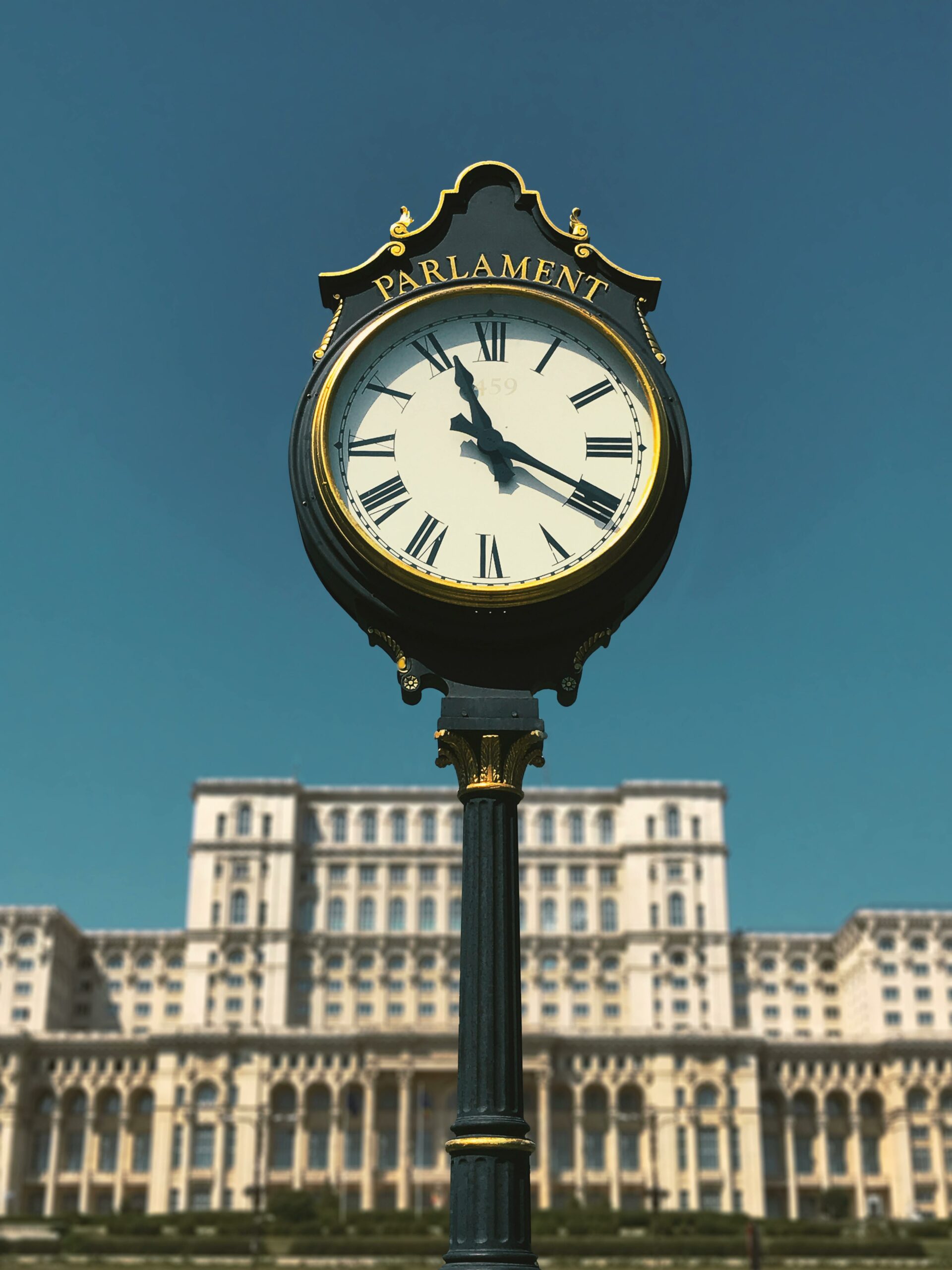The Palace of the Parliament, also known as the People’s House (Casa Poporului) in Bucharest, Romania, stands as a colossal testament to the ambitions of the communist regime under Nicolae Ceaușescu. This architectural masterpiece, although controversial in its origin, is an iconic symbol of the city and the largest administrative building in the world.
**1. Construction and Scale: Construction of the Palace of the Parliament began in 1983 and continued until 1989, with the aim of creating a grandiose administrative center for the Romanian Communist Party. The scale of the project is awe-inspiring, with the palace covering approximately 365,000 square meters (3,930,000 square feet) and boasting a height of 86 meters (282 feet).
**2. Architectural Design: The palace was designed by architect Anca Petrescu and is a blend of neoclassical and totalitarian architectural styles. The exterior is adorned with a combination of marble, granite, and various precious materials sourced from Romania. The building features a symmetrical layout, with a massive central dome and a series of wings extending in both directions.
**3. Controversial Construction: The construction of the Palace of the Parliament was not without controversy. Ceaușescu’s vision for the building involved demolishing a significant portion of Bucharest, including historic neighborhoods, churches, and other structures. The project displaced thousands of residents and led to widespread criticism both domestically and internationally.
**4. Interior Magnificence: The interior of the palace is equally impressive, with opulent decorations, crystal chandeliers, and extensive use of marble and wood. The building houses numerous halls and chambers, including the Union Hall, the Human Rights Hall, and the Palace Hall, which is the largest and most luxurious hall in the building.
**5. Current Usage: Today, the Palace of the Parliament serves as the seat of the Romanian Parliament, accommodating both chambers of the Parliament, as well as the National Museum of Contemporary Art. Despite its association with the communist era, the palace has become an integral part of the city’s identity and is used for various events, conferences, and cultural activities.
**6. Tourist Attraction: The Palace of the Parliament has become a major tourist attraction in Bucharest, drawing visitors from around the world. Guided tours allow visitors to explore the grandeur of the building, providing insights into its history, architecture, and the legacy of the communist era.
**7. Legacy of Communism: While the Palace of the Parliament stands as a remarkable architectural achievement, it is also a reminder of the authoritarian regime that commissioned its construction. The immense scale of the project and the human cost associated with its realization underscore the complexities of Romania’s communist past.
The Palace of the Parliament, with its monumental presence, reflects both the aspirations and controversies of a bygone era. As Bucharest continues to evolve, the palace remains a symbol of the city’s resilience, bridging the gap between its history and its aspirations for the future.


